“Is a dogs mouth cleaner than a human’s?” – this question has puzzled pet owners and sparked various anecdotes about canine cleanliness. In this article, we confront this query by investigating the bacterial makeup of dog and human mouths. Join us as we uncover the facts, dispel myths, and provide insights into whether our furry friends’ oral hygiene stands up to ours when considering the question.
Exploring the Cleanliness of a Dog’s Mouth vs. a Human’s
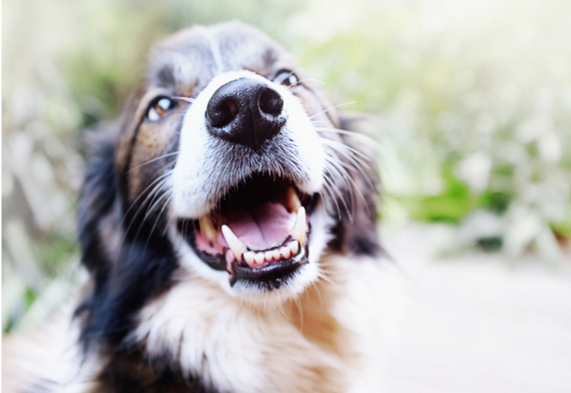
Contrary to popular belief, a dog’s mouth is cleaner than a human’s is not necessarily true. In fact, it may not be cleaner than human mouths at all. Dogs have a wider variety of dental bacteria compared to humans, making direct comparisons difficult. It’s important to consider that the dental bacteria found in dogs mouths are quite different from those in a human’s mouth.
The diverse range of bacteria in a dog’s mouth, although it might sound worrying, doesn’t necessarily pose a threat. Not all bacteria are harmful, and some even play integral roles in maintaining a healthy oral microbiome. Interestingly, some of the bacteria found in a dog’s mouth belong to a unique bacterial family not found in humans, further complicating the comparison.
Gum disease, rather than tooth decay, is the primary cause of periodontal disease, a common dental issue in both dogs and humans. A Pet Owner should be religious with the Cleanliness of their dog’s mouth.
Unlike humans, dogs lack the bacteria typically responsible for tooth decay, signifying a difference in oral bacteria and disease manifestation between the two species.
Bacterial Residents: Not All Are Harmful
So, what kinds of bacteria reside in a dog’s mouth? There are over 600 different types of bacteria found in dogs, a variety similar to that of humans.
Some of these bacteria are unique to dogs and aren’t found in humans. For example, dogs have a bacterium called Porphyromonas gulae, which differs from the Porphyromonas gingivalis found in humans.
But don’t recoil in horror at your pooch’s slobbery kisses just yet. The majority of these bacteria aren’t zoonotic, it’s crucial to note. This means they pose a low risk of causing diseases in humans through casual contacts such as dog kisses.
While it’s true that some bacteria can cause infections if they enter the human body through a bite wound or an open wound, the risk is generally low. It’s a good reminder that while dog kisses can be a sign of affection, it’s best to avoid them if you have an open wound or a weakened immune system.
Periodontal Disease: A Common Enemy
Periodontal disease, primarily resulting from gum disease, is one of the most common conditions among dogs. This contrasts with the human tendency to experience tooth decay. Thus, to prevent this disease from progressing in our furry friends, appropriate dental care is vital.
Early stages of periodontal disease, such as gingivitis, can be treated in both dogs and humans with proper at-home dental care practices. Regular teeth brushing, along with a balanced diet and chew toys, can contribute significantly to maintaining your dog’s dental health.
Unfortunately, periodontal disease isn’t always noticeable until it’s advanced. Professional dental cleanings are a necessary part of fighting dental disease and preventing its progression in dogs. A Pet Owner can either follow a routine to do so or hire professionals.
Clinical signs of periodontal disease in dogs can include decreased appetite, abnormal chewing patterns, excessive drooling, and unpleasant breath.
The Truth About Dog Saliva and Human Health
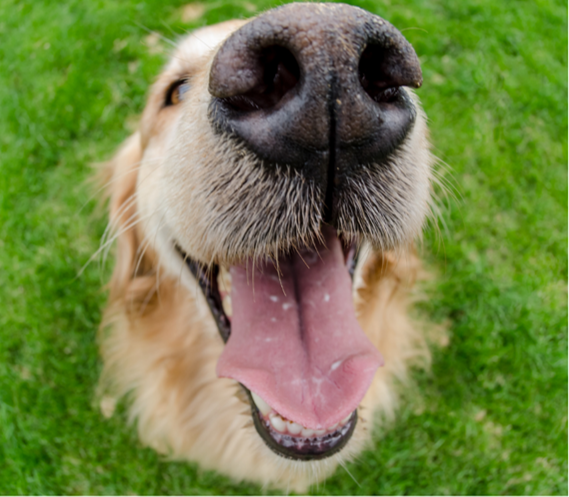
Dog’s saliva can contain organisms like E. coli, campylobacter, and salmonella, which our immune systems are not accustomed to. Moreover, bacteria such as Capnocytophaga canimorsus and Pasteurella canis in a dog’s mouth can lead to bacterial and viral diseases in humans.
This is particularly a concern for individuals with less-developed or weakened immune systems, including:
-
children
-
older people
-
pregnant women
However, the overall risk of infection from dog saliva is low if there are no open wounds, and is significantly lower if the dog is well-cared for and healthy.
Although it’s crucial to be aware of the potential risks, there’s no need to panic. The key is ensuring that your dog’s mouth remains as clean and healthy as possible.
Practicing good dental hygiene for your dog helps reduce the amount of harmful bacteria in its mouth, thereby decreasing the risk of infections and keeping your dog’s mouth healthy. Regular brushing, dental chews, and professional dental check-ups are all part of maintaining a healthy mouth for your dog and using a dog’s mouth cleaner.
When Dog Licks Lead to Trouble
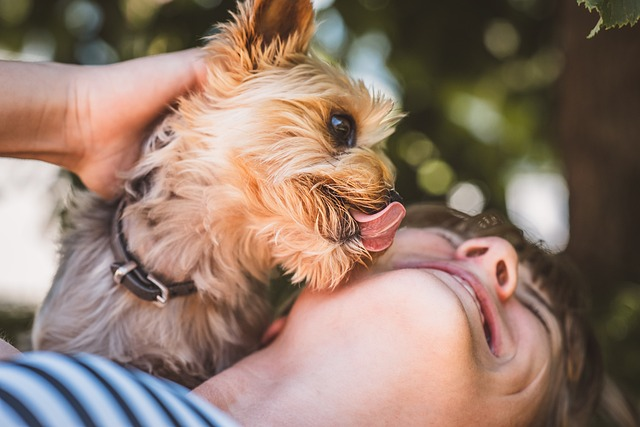
Health risks can arise if a dog bites you or if their saliva enters your nose, mouth, or eyes. In such situations, seeking medical attention is imperative. It’s essential to wash the face and hands thoroughly after being bitten by a dog to ensure potentially irritating bacteria do not linger on the skin.
While dog kisses are often a sign of affection, they can sometimes lead to complications. In some cases, they can even cause hives, rashes, or itchiness in those allergic to dog saliva. This is especially important to consider when a dog eats food, as their saliva production increases during mealtime.
Handling the situation involves:
-
Being aware of the potential risks
-
Taking immediate action if a dog bite occurs
-
Washing the wound thoroughly
-
Applying a sterile bandage
-
Seeking professional medical evaluation if necessary.
Navigating the Risks of Dog Bites
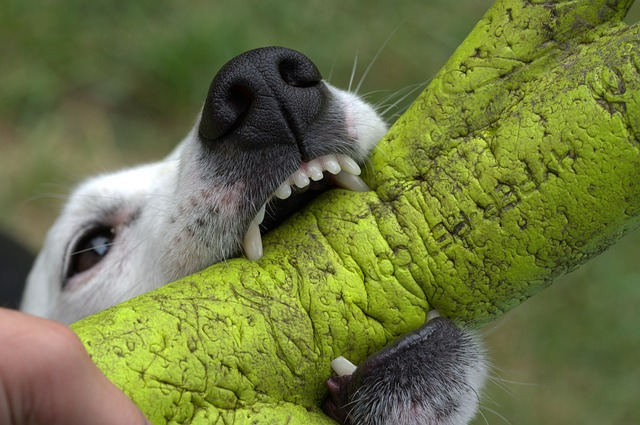
The presence of harmful bacteria in a dog’s mouth makes dog bites risky. If bitten, washing the wound thoroughly with soap and water for 15 minutes to remove any saliva and bacteria is highly recommended. This can help reduce the risk of infection and promote healing. After cleaning the wound, apply a sterile bandage to minimize the chances of bacterial infection.
It’s important to seek professional medical evaluation after a dog bite. Bacteria such as Capnocytophaga canimorsus and Pasteurella canis from dog saliva can cause serious bacterial infections requiring antibiotics.
Lastly, ensure your tetanus vaccinations are up-to-date, as the bacteria from a dog’s mouth can cause tetanus, especially if the wound is deep. Document the incident and the dog’s vaccination history for medical and legal purposes.
Keeping Your Dog’s Teeth in Top Shape
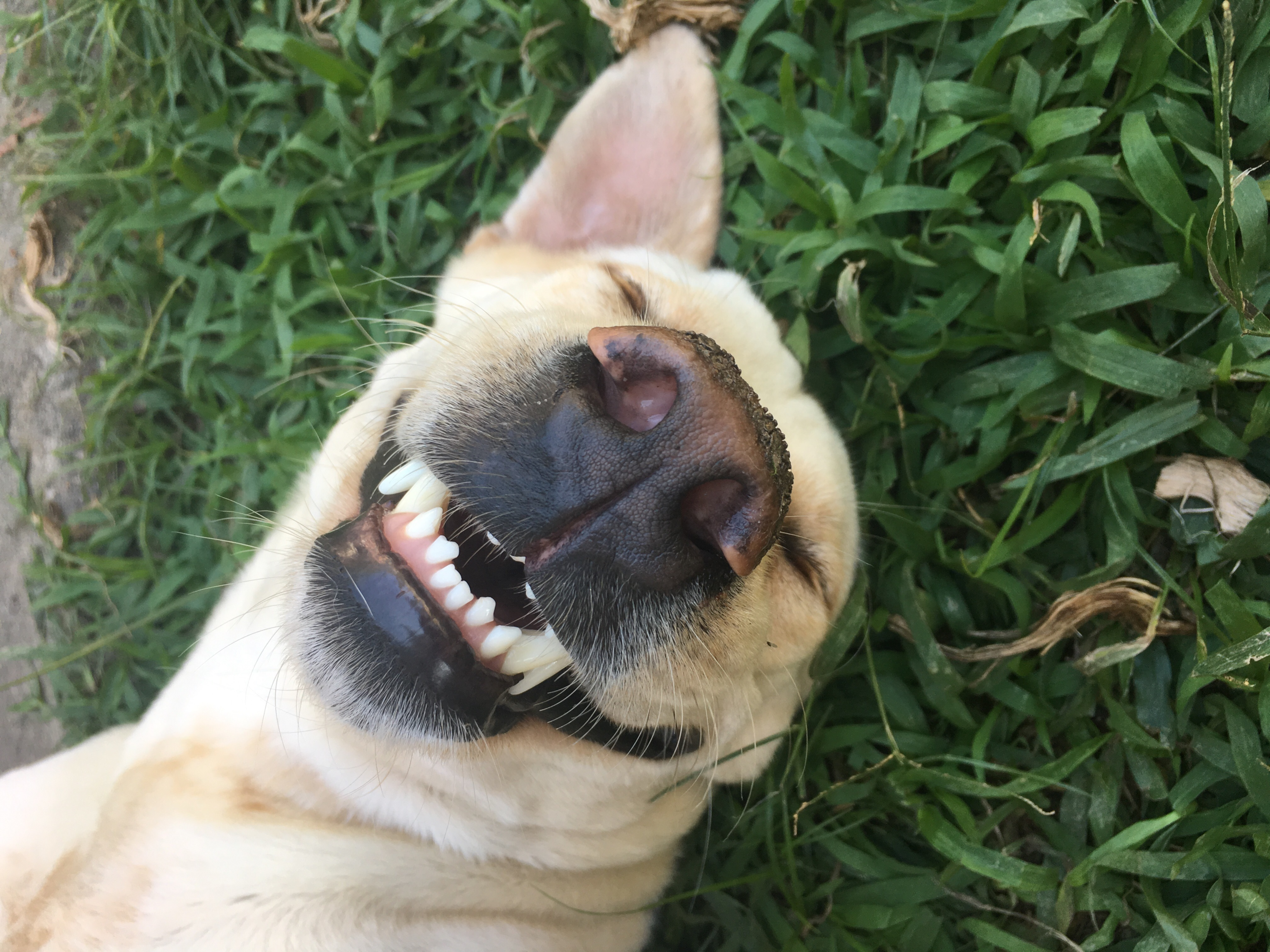
Both daily routines and professional care play a crucial role in preserving your dog’s dental health. Brushing your dog’s teeth daily with a soft-bristled pet toothbrush or a finger brush and dog-specific toothpaste can prevent the buildup of harmful bacteria. Feeding your pup dry dog food rather than wet dog food can also be better for dental health, as crunchy kibble helps to scrape away tartar.
In addition to daily routines, professional dental care is necessary. Dogs should have their teeth examined by a veterinarian every six to twelve months, which includes a full oral examination and cleaning. This not only ensures a clean and healthy mouth but also prevents more serious treatments in the future. Learn more about how many teeth a dog has here.
Daily Routines for Dental Success
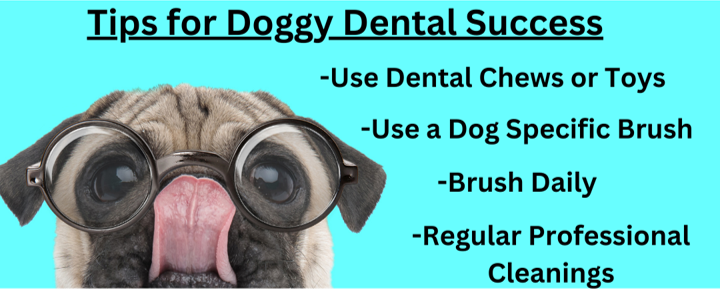
Controlling harmful bacteria in both humans and dogs requires daily brushing and dental cleanings. Here are some tips to help maintain dental health for your dog:
-
Brush your dog’s teeth daily to prevent plaque and tartar buildup that can lead to severe dental disease.
-
Use a dog-specific toothbrush and toothpaste to clean your dog’s teeth.
-
Consider using dental chews or toys that help remove plaque and tartar.
-
Schedule regular professional cleanings for your dog to remove any stubborn tartar and ensure overall dental health.
Maintaining dental health between professional cleanings through at-home tooth brushing can help keep tartar, bad breath, and tooth root abscesses at bay.
Introducing puppies to toothbrushing early on makes the process easier. However, dental care is crucial once a dog has their permanent adult teeth. Use a treat to acclimate a dog to mouth handling. Pet-specific toothpaste should be introduced after the dog feels comfortable with mouth handling, with flavors that are appealing to them.
A finger toothbrush serves as a good initial tool for brushing a dog’s teeth and can target the gum line, where dental issues often arise. Transitioning to a doggy toothbrush from a finger toothbrush can be done gradually, once the dog is comfortable with the brushing routine.
While dental chews or additives can supplement daily brushing, they should not replace it or eliminate the need for regular dental check-ups, especially when dealing with loose or broken teeth.
Professional Care: The Role of Dental Appointments
Professional dental care for dogs entails a comprehensive process that includes:
-
Teeth cleaning and polishing
-
Addressing areas above and below the gum line
-
Tooth probing
-
X-rays
-
Fluoride treatment
-
Application of dental sealant
Dental appointments for dogs should be scheduled at least once a year, with more frequent visits if experiencing dental problems. Smaller breeds may require more frequent cleanings to prevent tooth loss. It is not uncommon for
At around 12 weeks, a puppy’s “baby” deciduous teeth begin to fall out and are replaced with adult permanent teeth. It is not uncommon to experience retained baby teeth bleeding when this happens. This is not a cause for concern and is normal, but certainly worth bringing up during dental visits.
During a dog’s regular wellness visits, veterinarians can conduct dental evaluations and advise on the timing and necessity of professional dental cleanings. Following professional dental cleaning, dogs may need recovery time at the vet post-anesthesia. Special care, like pain medication and soft food diet, may be required if extractions are performed.
Preventing Unwanted Dog Kisses
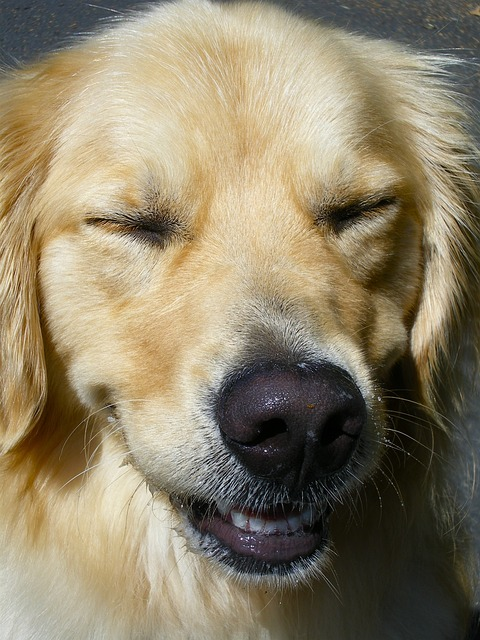
While dog kisses are often a sign of affection, they can sometimes lead to complications. You can train dogs to redirect licking behaviors by:
-
Ignoring licks and guiding them to cuddles or leans as an alternative form of affection.
-
Using positive reinforcement to discourage licking. Reward the dog with attention and treats when not licking.
-
Implementing the ‘Sit to Say Please’ technique for attention and treats.
Provide dogs with lick mats, snuffle mats, or mouth-occupying toys such as a stuffed Kong to serve as soothing activities and alternatives to licking people. Involve guests in training by instructing them how to respond to licking and respect the dog’s personal space.
Conclusion
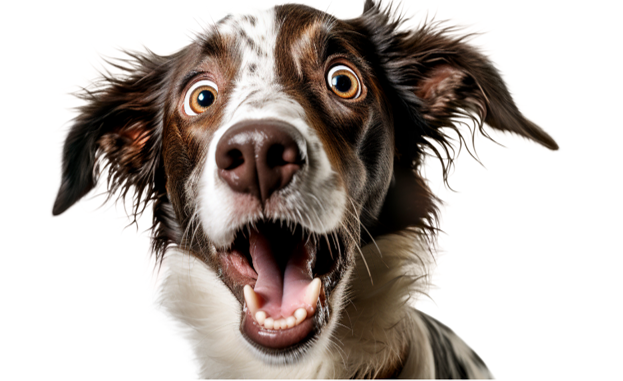
In conclusion, while the idea that a dog’s mouth is cleaner than a human’s might be a comforting thought, it’s simply not accurate. Both dogs and humans have a multitude of bacteria in their mouths, but the types and effects of these bacteria vary greatly. Maintaining good dental hygiene for your dog can greatly reduce the risk of infections and ensure a healthy and happy pet.

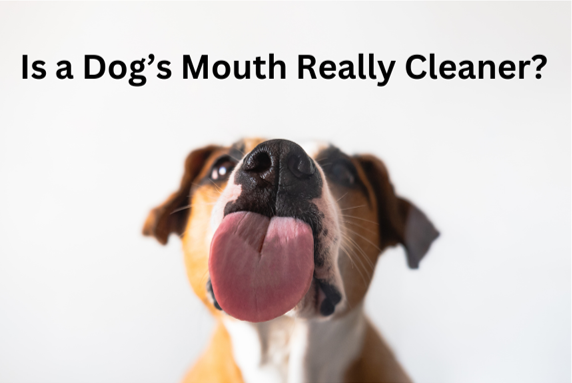
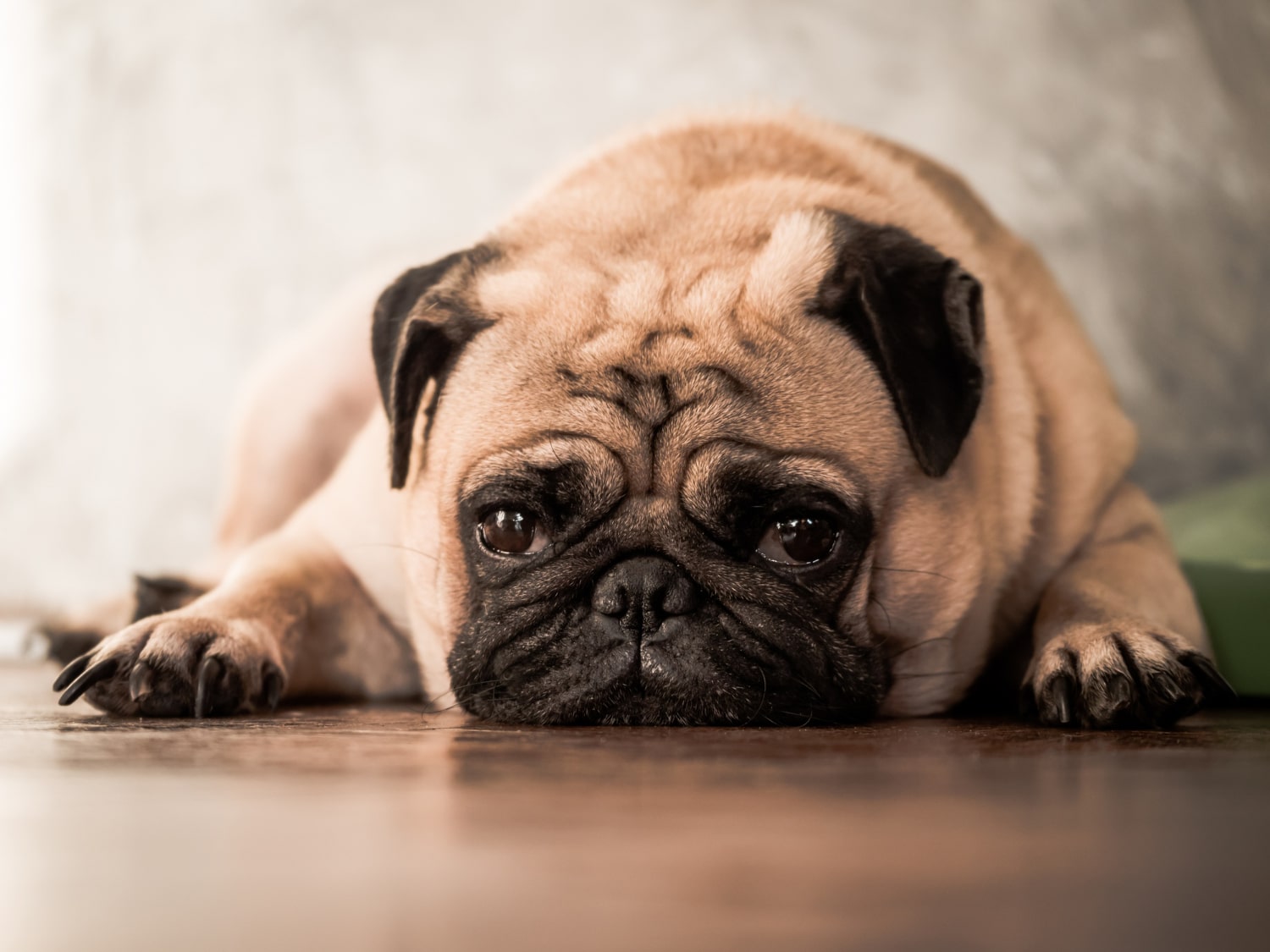
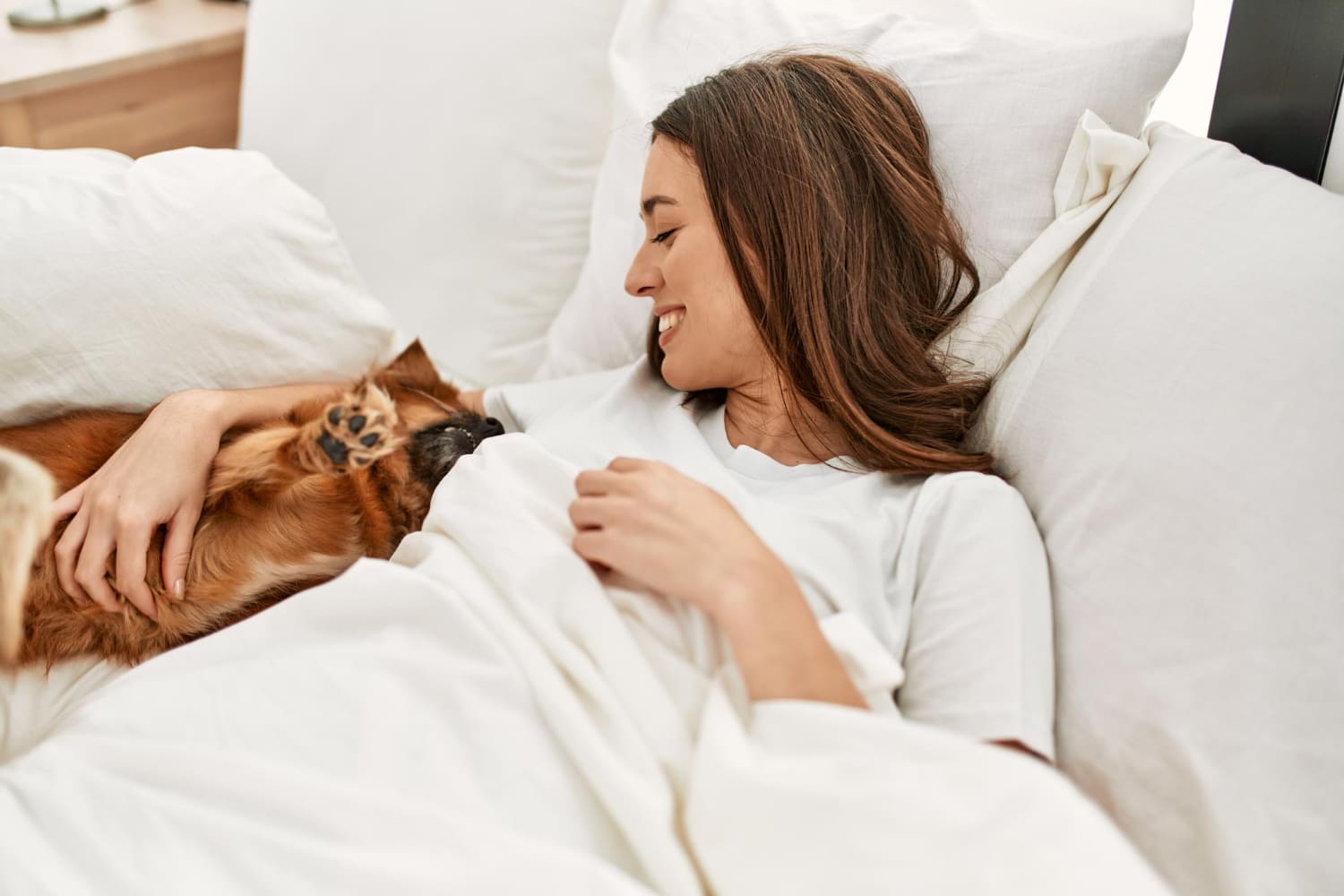

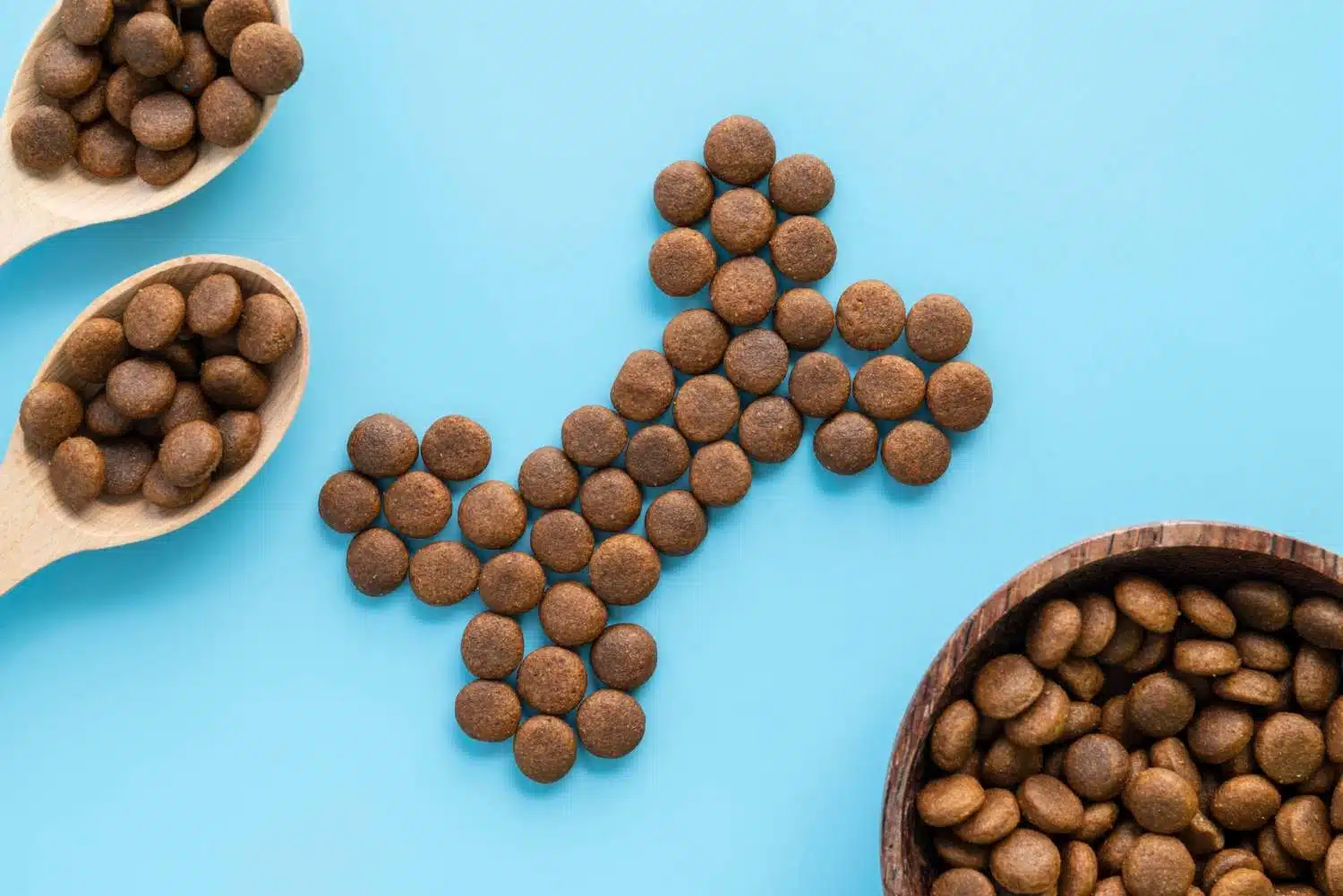


Get involved!
Comments